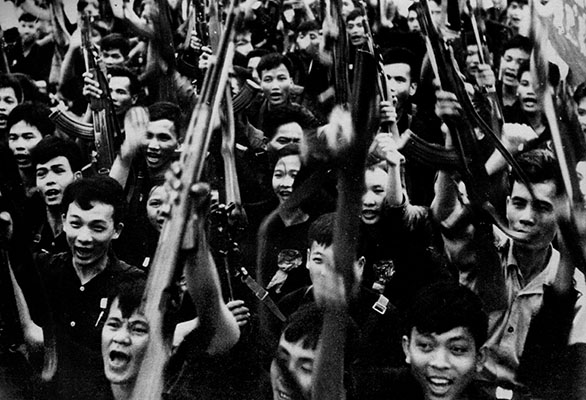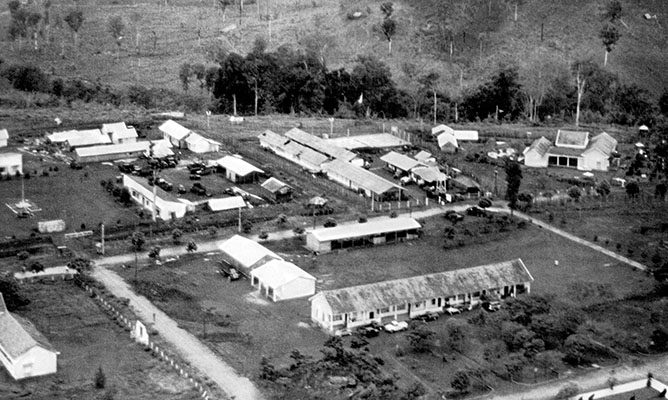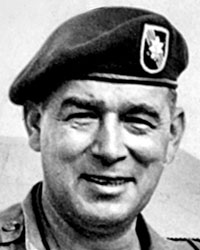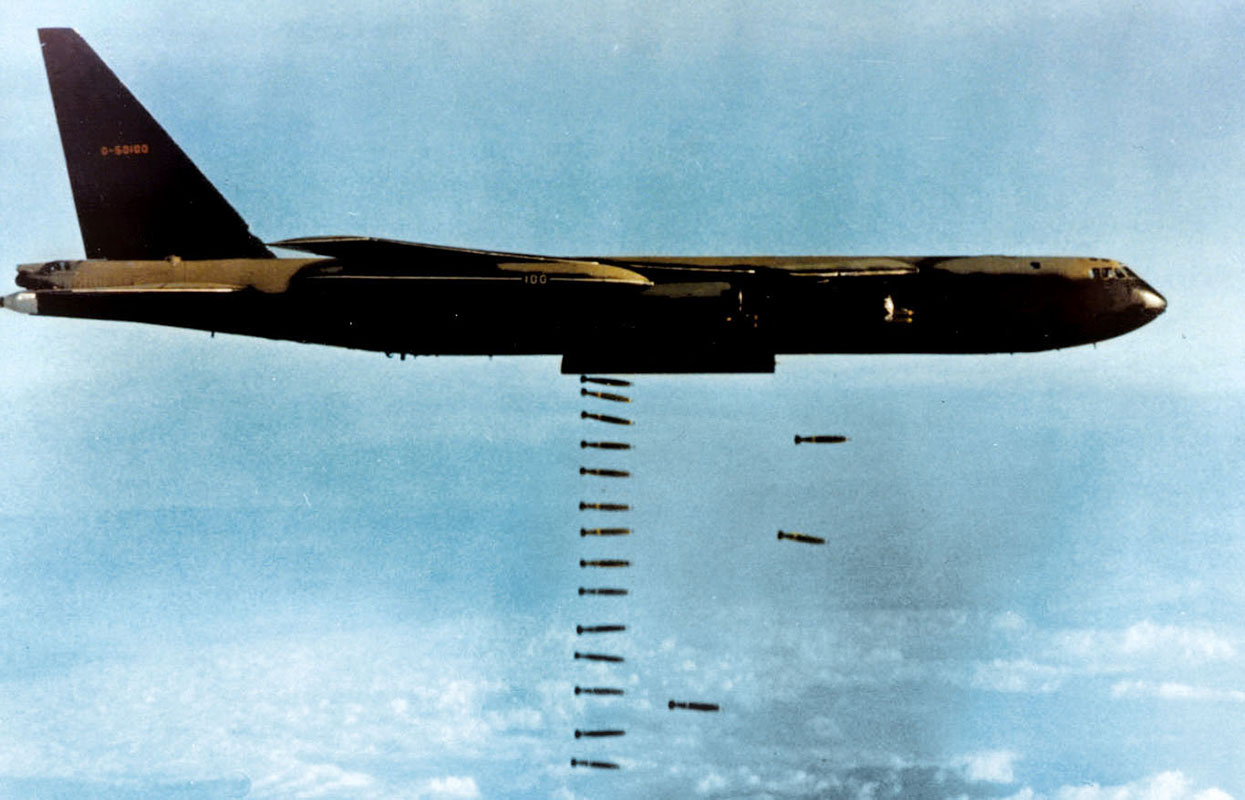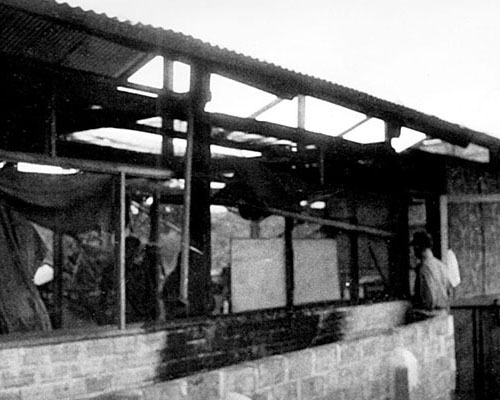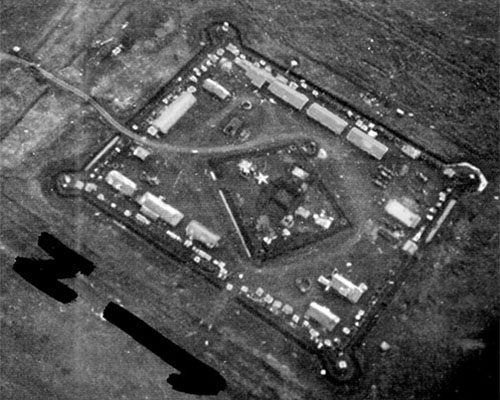ABSTRACT
This article shows how several successful VC attacks against the III CTZ CIDG camps prompted the organization of the first MIKE Force. The loyal, high-quality Nungs of the 348th Company became the nucleus of the MIKE Force. As the Vietnam War evolved, the term “MIKE Force” came to be applied to a variety of units at different times and places.
SIDEBAR
DOWNLOAD
1965 was a critical year in the course of the Vietnam War. A resurgent Communist Viet Cong (VC) joined with a growing number of North Vietnamese Army (NVA) units to launch a general offensive against the South Vietnamese Army and its American allies. The frequency and ferocity of the Communist attacks were largely responsible for accelerating the deployment of American conventional forces in 1965. The U.S. Army made its role as advisors to the South Vietnamese Army secondary and took on an increasingly greater role in ground combat operations against the Communist forces. U.S. Army Special Forces (SF) also adapted to these changing tactics. SF became more aggressive in finding and fixing the VC and NVA units and interdicting supply lines into South Vietnam. One long-lasting change that resulted from the 1965 VC offensive was the creation of the MIKE Force.
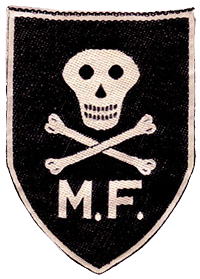
This article will focus exclusively on the situation and events that promulgated the formation of the MIKE Force battalion in June 1965. The mobile strike and reaction forces that subsequently evolved became an integral element of Special Forces operations throughout Vietnam until late 1972.1 A comprehensive history of MIKE Force operations during the Vietnam War is beyond the scope of a single article. But the formation, organization, and operations of the first MIKE Force unit will demonstrate how Special Forces overcame a series of setbacks and in doing so, created an offensive capability that had lasting impact on the conduct of the war.
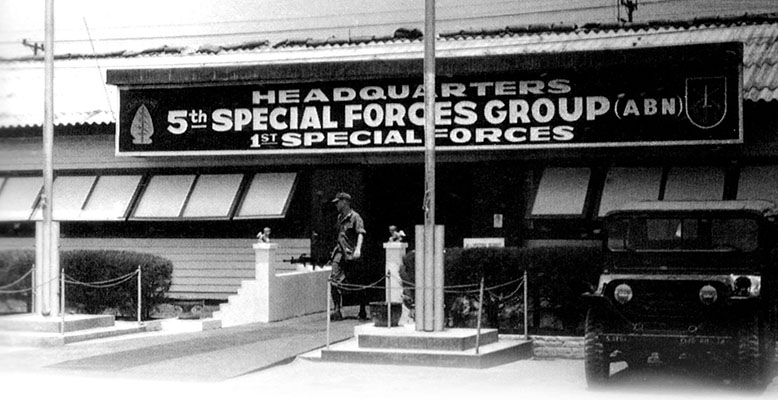

In 1965 the 5th Special Forces Group (5th SFG), headquartered in Nha Trang, controlled all SF operations in Vietnam. The 5th SFG arrived in Vietnam in October 1964. By June 1965, the Group had over 1400 SF personnel organized into a Group Headquarters, four “C” detachments with regional responsibilities, 11 “B” detachments with sector missions in each region, and 48 “A” detachments in the B detachment operational areas.2 The primary mission of the SF A detachments was to train and advise the South Vietnamese Civilian Irregular Defense Group (CIDG) forces.
The CIDG program was jointly developed by the U.S. and South Vietnamese governments to gain control of the ethnic minorities and reduce their susceptibility to Communist influence. The ethnic Vietnamese tendency to marginalize the various minorities made them a prime target for Communist propaganda. By organizing minority paramilitary units, the counter-insurgency effort against the VC could be strengthened and the loss of control of large, strategic land areas to the Communists prevented. Initially under the supervision of the U.S. Military Assistance and Advisory Group (MAAG), the program began in 1961 at Buon Enao and rapidly spread through the country. By 1963, proponency for the program passed to the Military Assistance Command, Vietnam (MACV) under Operation SWITCHBACK. By 1965, there were 80 CIDG camps manned by Special Forces elements.3 New camps were established near the Cambodian and Laotian borders for border surveillance and to increase security. The effectiveness of the program disrupted VC operations and resupply and consequently triggered more attacks on the camps.4

Operationally the Special Forces C detachments were aligned with the four South Vietnamese Army (ARVN) Corps Tactical Zones (CTZs). One of the most hotly contested zones was the III CTZ that ran from the Cambodian border southeast to the sea and included the capital city of Saigon. Within the III CTZ were three VC strongholds, War Zones C and D, and the “Iron Triangle.”5 As a result, several CIDG camps were located north and west of Saigon astride the primary VC supply routes from Cambodia to the capital. They became the targets of several major VC assaults in 1965. The attacks revealed serious deficiencies in the CIDG forces.
Special Forces operations in the III CTZ in 1965 were the responsibility of Detachment C-3 at Bien Hoa that was commanded by Lieutenant Colonel (LTC) Miguel de la Peña. In January, Captain (CPT) Joseph S. Stringham took command of Detachment A-301 at the Ben Cat CIDG camp.6 Several major VC attacks in and around Ben Cat from December 1964 through May 1965 led to the formation of the MIKE Force.

Ben Cat was constructed in September 1964 adjacent to the Iron Triangle to the south and War Zones C and D to the north. At Ben Cat, A-301 had three 150-man CIDG companies and a South Vietnamese Army Special Forces (LLDB) detachment.7 Two of the CIDG companies, 348 and 349, were made up of Chinese Nungs and the third, 346, was filled with ethnic South Vietnamese from the Saigon area.
“The Nungs were Chinese that had been run out of China [into Vietnam in the 3rd century BC],” recalled CPT Joseph Stringham. “There was no doubt where their loyalties lay. They were 100% anti-Communist.”8 The tough, experienced Nungs became the nucleus of the MIKE Force after proving themselves in two fierce battles near Ben Cat.
The first action took place at Dong So on 30 December 1964. In the small village, the CIDG 346 Company of 150 South Vietnamese and their three SF advisors, were overrun after a violent night battle with the 272nd VC Regiment, a main force unit roughly 1000 strong. The 346 Company was quickly overwhelmed by the huge enemy force. It happened so fast that the 349 Company, just two kilometers away, could not react to help. Only one SF advisor with 346, SGT Roy Jacobson, survived.9 In late January 1965, the evening before the Tet holiday began, Captain Stringham took command of Detachment A-301 at Ben Cat. Five months later a disaster similar to Dong So occurred.

